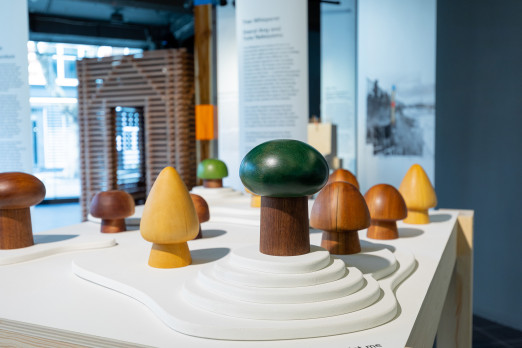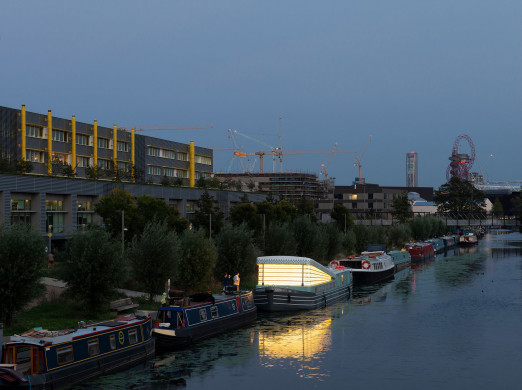With access to food occupying an increasingly political arena, this modest inner-city project has big ambitions.
Surman Weston, named in this year’s Architects’ Journal 40 under 40 cohort, have already won two Hackney Design Awards for The Hackney School of Food; a new initiative that aims to demystify and promote healthy eating through direct learning.
The school is a joint venture between the Learning, Education, Arts and Partnership (LEAP) Federation – a network of three Hackney primary schools – and Chefs in Schools; a charity dedicated to transforming food, food culture and food education in schools. Aimed at all ages and abilities, the school holds the belief that sharing great food unites families, communities, and society as a whole.
Surman Weston won an invited competition in 2018 to transform an unused caretaker’s cottage at Mandeville Primary School into a professional kitchen looking out onto a large kitchen garden. Working with a tight budget and retrofitting an existing building to save on construction costs, they employed robust materials and simple details for maximum functionality and impact. The school had to be accessible to a wide range of users from school kids to adults, resulting a design that feels inclusive and inviting with height-adjustable cooking units and adjustable washing stations.
Originally a two-storey building, the decision was taken to open up the space to allow in light and enable a class of 30 children to work comfortably. The result is a simple and dramatic space that creates a platform for communal activity. Walls and floors were stripped back with a steel beam tying walls together. Above the beam, signs of the building’s former life are visible, with bathroom tiles and gaps showing the place walls were, allowing the children to understand the building’s transformation. Below the beam, cement boards were used to clad floors and walls, giving a practical finish in a space where surfaces need frequent cleaning. A large picture window is transformed into an oven by French illustrator Jean Jullien whose mural depicts chefs and children busily cooking together.
Community is at the heart of the project and this is extended out into the kitchen garden where food is grown for cooking, nurtured by a team of volunteers ranging in age from teenager to octogenarian. Created with landscape designer Lidia D’Agostino, the garden is a red brick landscape of large planters, a sun terrace with a wood-fired oven and a firepit for outdoor cooking.
Head Chef Thomas Walker, previously Head Teaching Chef at the Jamie Oliver Teaching School, will oversee a wide range of cooking activities from learning basic kitchen skills to making pizzas in the wood fired oven. The ambition is to open the kitchen to all primary schools across London alongside classes aimed at adult learners and corporate clients.
The project is a blueprint for a model that can be widely replicated, supporting communities to experience the joy of cooking home-grown food.










